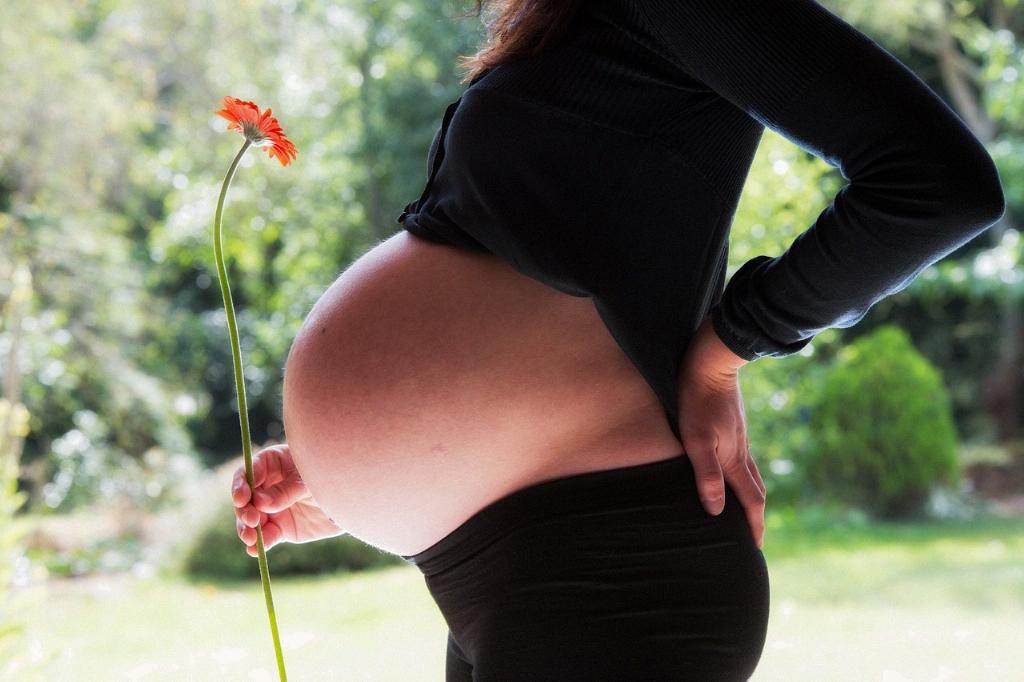When it comes to early signs of pregnancy, changes in the breasts can often provide significant clues. One key aspect to look out for is a noticeable difference in the size and appearance of your breasts. As pregnancy progresses, hormonal changes can lead to increased blood flow and enlargement of the mammary glands, resulting in breast tenderness and swelling.
One of the primary indicators of early pregnancy in the breast area is the darkening and enlargement of the areolas. During the initial weeks of pregnancy, the areolas may become darker and more pronounced. Moreover, the nipples may appear larger and more sensitive. These changes are attributed to the heightened hormonal activity in the body.
In addition to changes in size and color, pregnant individuals may also experience tingling sensations or heightened sensitivity in their nipples. This increased sensitivity is a common symptom in early pregnancy and can be a result of the hormonal fluctuations occurring in the body. It is essential to pay attention to these physical changes and consider them as potential indicators of pregnancy.
Another method to check for early signs of pregnancy in the breasts is through self-examination. By gently palpating the breasts and paying close attention to any unusual lumps, bumps, or changes in texture, individuals can detect early warning signs of pregnancy. Any abnormalities or notable differences should be promptly discussed with a healthcare provider.
It is crucial to be aware of the cyclical changes that occur in the breast tissue during the menstrual cycle to differentiate between normal variations and potential signs of pregnancy. Monitoring changes over time and identifying persistent alterations in breast appearance and sensation can aid in early detection of pregnancy.
Moreover, the presence of Montgomery tubercles on the areolas, small bumps that resemble goosebumps, can also be a sign of early pregnancy. These sebaceous glands become more prominent during pregnancy due to increased blood flow, serving as an additional indicator of potential conception.
While monitoring breast changes can help identify early signs of pregnancy, it is essential to remember that individual experiences may vary. Not all pregnant individuals will exhibit the same symptoms or experience identical changes in their breasts. Nevertheless, being attentive to any abnormal alterations can aid in recognizing potential pregnancy early on.
Aside from physical changes, individuals may also notice differences in breast firmness or fullness during early pregnancy. Hormonal shifts can lead to an increase in breast size and firmness, with some individuals reporting a sensation of heaviness or fullness in their breasts as an early indication of pregnancy.
Keep in mind that the onset and intensity of breast changes during pregnancy can vary from person to person. Some individuals may experience pronounced differences in their breasts early on, while others may notice subtle alterations over time. It is crucial to stay attuned to your body and seek medical advice if you have concerns about potential pregnancy.
Consulting with a healthcare professional is advisable if you have any uncertainties regarding the changes in your breasts or suspect early signs of pregnancy. A medical examination, including a breast examination and possibly a pregnancy test, can provide clarity and guidance in understanding the physical transformations occurring in your body.
In conclusion, monitoring changes in your breasts, such as alterations in size, color, sensitivity, and texture, can offer valuable insights into potential early signs of pregnancy. By staying observant and proactive about any deviations from your normal breast condition, you can empower yourself with knowledge and take appropriate steps for further evaluation and care.

